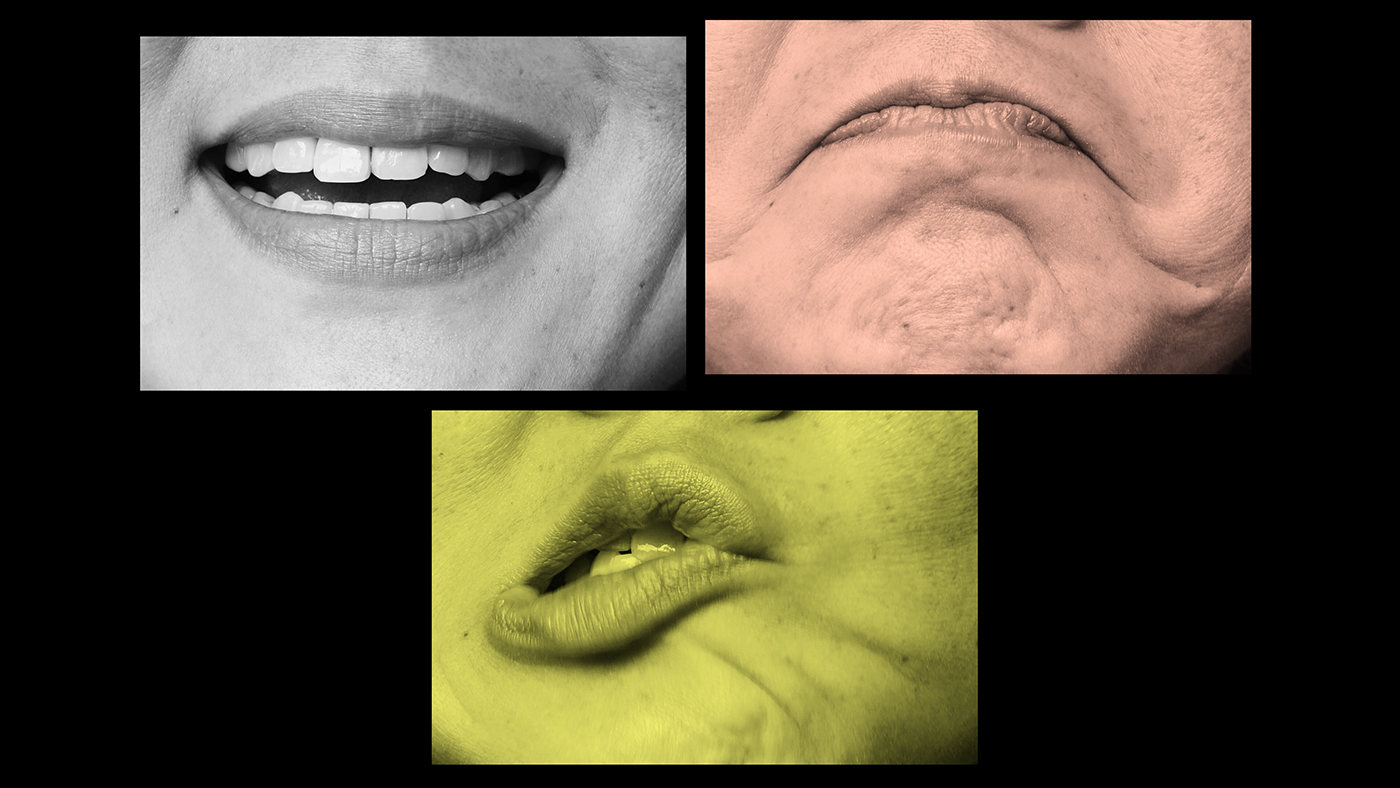Mud Nest Signals
Commissioned by Del Sol String Quartet
Project: Whole Sol 25th Anniversary Festival
Premiere: Taube Atrium Theater, San Francisco, November 17th, 2017
Performed by Rick Shinozaki & Benjamin Kreith: violins, Charlton Lee: viola, Kathryn Bates: cello with Theresa Wong: cello/voice/video
Mud Nest Signals explores how color, gesture and sound are means of non-linguistic expression, as if to recall our experience of pure sensing before we learned how to speak. The quartet members utilize their voices throughout the piece, blending with Wong's live singing as well as prerecorded vocalizations emanating from the ‘video vocal trio’. The entire piece lasts 20 minutes and is written in extended just intonation.
Program Notes for Mud Nest Signals:
"I found that I could say things with color and shapes, that I couldn't say in any other way - things that I had no words for." -Georgia O'Keeffe
I am curious how color, gesture and sound are means of non-linguistic expression, as if to recall what the experience of perception and pure sensing felt like before we learned how to speak. I began initial video sketches for this piece at Lijiang Studios, an artist residency in the Yunnan Province of China. Steeped in experiments on color, projected light and physical materials during this first time visit to the country from which my parents migrated, my thoughts were occupied everyday with questions about my roots, the hardships of my parents, what happened in the lives of my ancestors before I was born and the multiple identities that coalesced in me from the past. In Chromophobia, David Batchelor proposes that the fear of color is hidden within much Western intellectual and cultural thought, writing that "...colour is made out to be the property of some ‘foreign’ body – usually the feminine, the oriental, the primitive, the infantile, the vulgar, the queer or the pathological." (I took this as a confirmation that I was on the right path!) Towards the end of my stay in Lijiang, I was transfixed by a visit to Zhiyun Temple, a Tibetan Buddhist temple built in the 18th Century during the Qing dynasty. The explosion of color in the richly saturated interiors was an affirmation that color does and has long been a vehicle for transporting the individual into altered states of consciousness. The sonic component of the piece is built from a 25-tone octave, derived from six chords constructed in extended just intonation. As colors have relationships based on their position on a spectrum, the use of a musical system based on frequency ratios is a further extension of creating 'color' variation in sonic vibration. In the first section of the piece, a sort of three-eyed (mouthed) mythical deity looms above in a face-making parade of noisy outbursts, like a child trying to expel its first sounds. The quartet plays a dance-like march for this primal parade. Playing with kinesthesia and the feelings created by movement, I consider gestures, as well as colors and sounds to have equal weight as compositional means of expression. In the second section, a steady string drone reveals the six chords in a sequence. As the chords change, the listener can experience the juxtaposition of different harmonies like color fields placed next to each other. The members of the quartet add their voices in a mantra-like repetition of basic syllables, accessing the feeling of vocalization before the acquisition of language. The three-mouthed deity emerges with three-part harmonies that further offset the chordal colors, adding extended relationships to the tuning structure. Color fields of projected light and the gestural expression of moving hands are intended to bring the receiver closer to a state of pure sensing, to recall Maurice Merleau-Ponty's idea that "The body is our general medium for having a world." Many thanks to Del Sol Quartet, Crystal Pascucci, Jay Brown and Lijiang Studio for the opportunity to develop and realize this piece.







